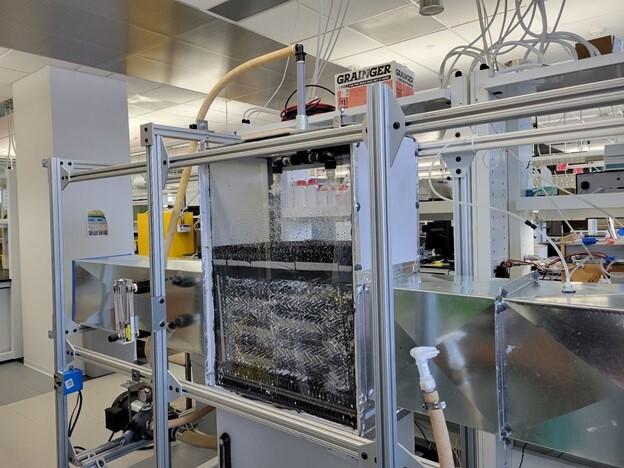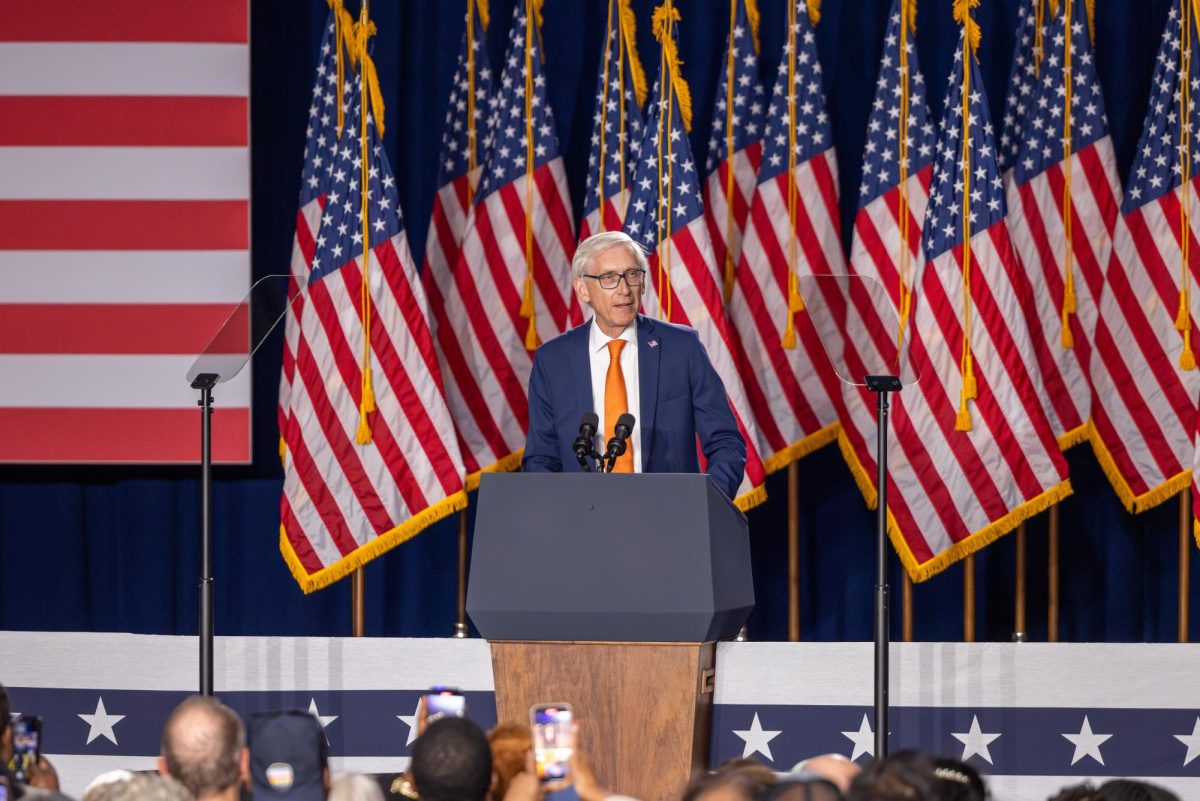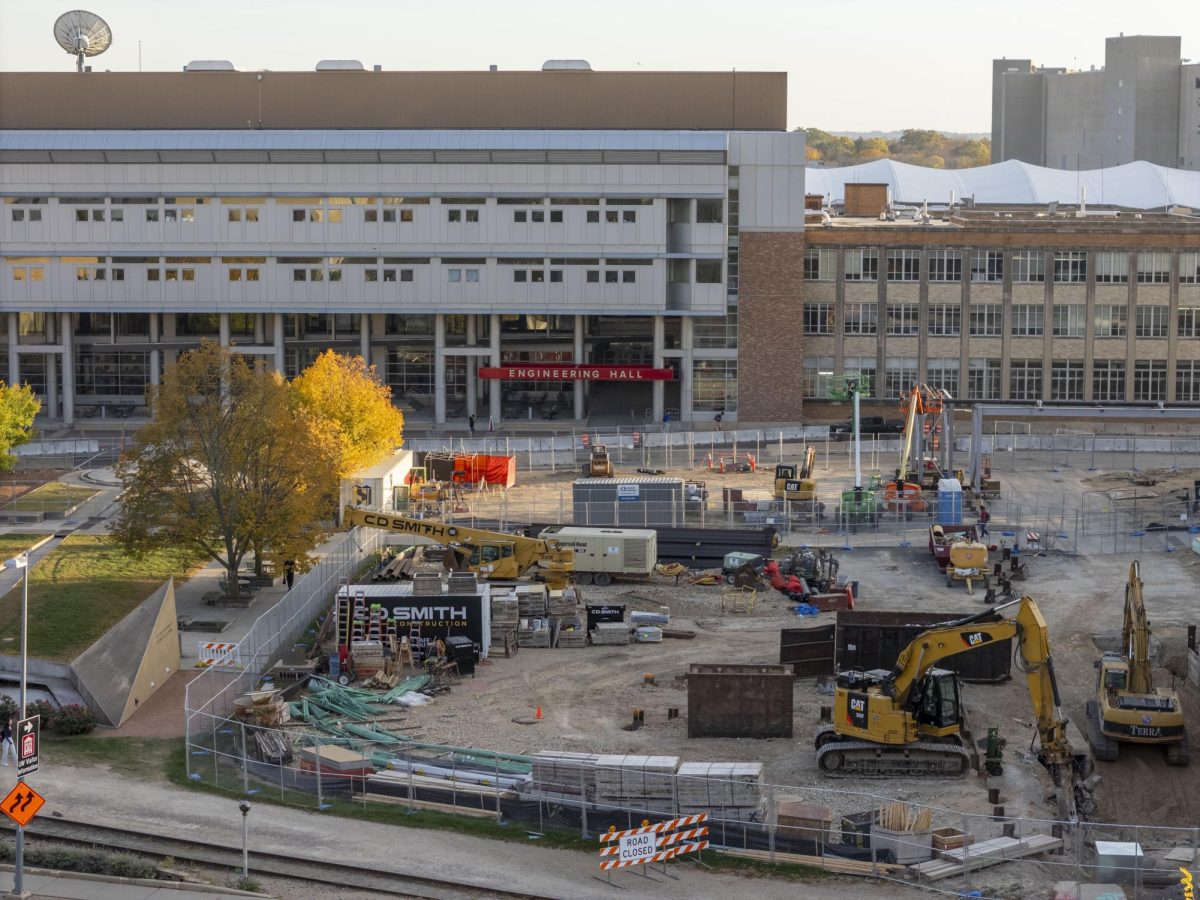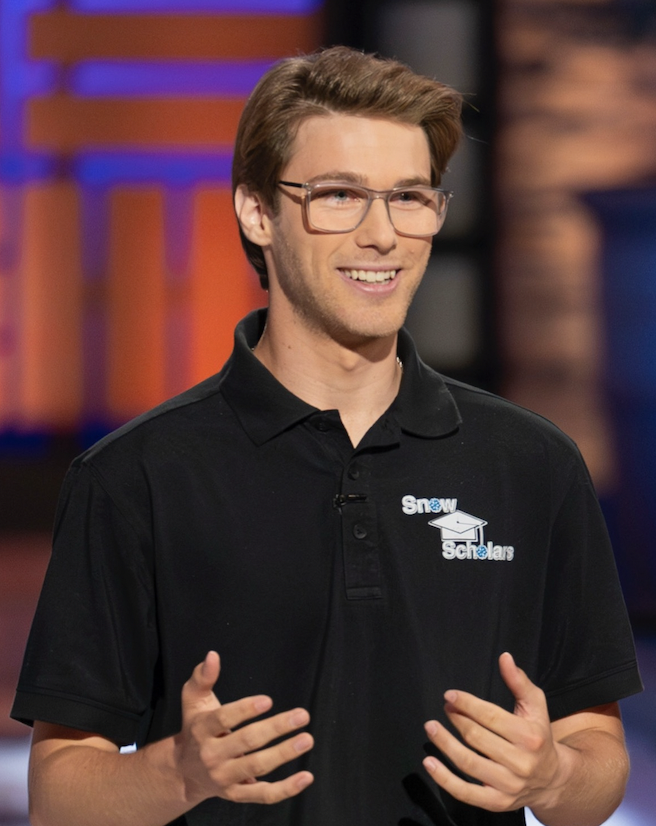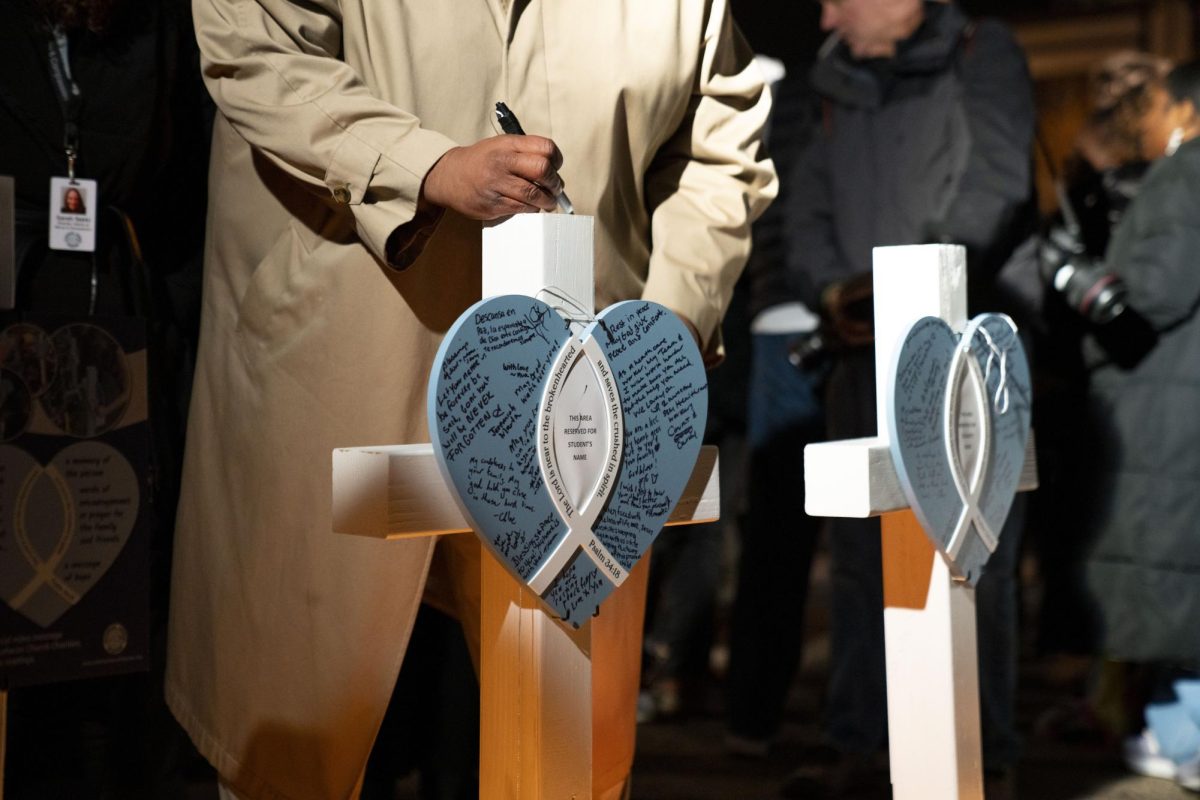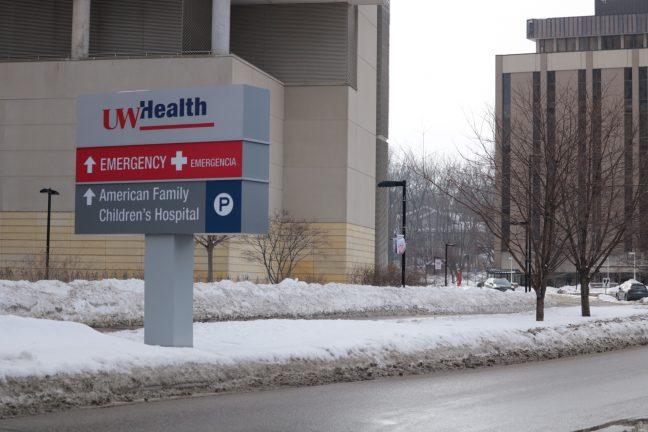To reach climate goals, the International Panel on Climate Change predicts that to reach the world’s climate goal of warming only 1.5 degrees Celsius, and people will need to utilize carbon capture on a large scale.
It’s likely the world will need negative emissions — not just net-zero emissions — to avoid too much global warming.
Managing the massive effects of climate change will require a multifaceted approach — but there’s a spark of hope in a team of University of Wisconsin students developing a new method to directly remove carbon dioxide from the air.
A team of students at UW are currently competing in the XPRIZE carbon removal competition. The competition is funded by Elon Musk and the Musk foundation, and challenges teams from all over the world to develop a method to remove carbon dioxide directly from the air or ocean.
To help solve this problem, a team formed of students studying engineering, economics, environmental science and science communication. The team is co-advised by biological systems engineering professor Rob Anex, and civil and environmental engineering professor Bu Wang.
The XPRIZE competition works in stages. Anex said university teams first compete in the student competition. The UW team won $250,000 in the student competition — the highest possible prize — to continue their work.
From there, the team completed Phase 1 of the competition, where they built a lab scale model and verified it with a third party. Now they must wait until April 22 to find out if they won the $1 million milestone prize.
But the $1 million prize doesn’t mean their work is done. Keerthana Sreenivasan, a civil and environmental engineering graduate student who serves as the team’s project manager, said the next phase of the competition involves building an actual operational plant to pull 1,000 metric tons of carbon dioxide out of the air over a 12-month period. Teams also need to calculate the cost for pulling one metric ton of carbon dioxide out of the air and prove the project can feasibly pull a gigaton of carbon dioxide out of the air.
The $1 million prize is only the seed money — to build the plant, the team will need about $5 million. They will need to start a company, find investors and build the carbon removal plant, all in a short period of time, Anex said.
“In 18 months, we need to be putting steel in the ground,” Anex said. “There’s no rest for the wicked.”
Anex and Wang explained how the actual carbon removal process takes place. At a high pH, alkaline waste makes sodium hydroxide, which is good at absorbing carbon dioxide. This reaction creates sodium carbonate. The sodium carbonate then reacts with the calcium in the alkaline waste material to make calcium carbonate.
The calcium carbonate, or limestone, contains the carbon from carbon dioxide. This product can be used as a replacement for cement. Wang first worked on this reaction with postdoctoral fellow Raghavendra Ragipani.
What makes the process interesting is the alkaline waste used in the reaction, Sreenivasan explained. Alkaline waste includes slag waste from the steel making process and coal ash. All these byproducts are usually disposed of.
“We can actually use this trash for good,” Sreenivasan said. “We can remove it from the landfills and the disadvantaged communities that it’s in and use it for something good.”
Wang explained how using these waste products has two main benefits. On one hand, it’s cheap. If a technology costs too much, then people won’t use it. Wang also explained that the waste materials allow the entire process to occur under ambient conditions, or room temperature and pressure.
Creating carbon removal under ambient conditions is a big plus, according to Wang, since most carbon removal technologies are very energy intensive. Generally, carbon removal technology burns natural gas or relies on waste heat, such as a geothermal vent.
“Sometimes it seems too good to be true.” Sreenivasan said. “But so far, the science works out.”
Carbon removal technology is also beneficial because it’s an immediate solution, Sreenivasan said. While approaches such as planting trees have many benefits, it takes a long time for a forest to grow and start having an impact on carbon removal.
But, if a forest gets destroyed by a fire, which are becoming increasingly common, all that carbon is just released back into the atmosphere. On the other hand, Sreenivasan said carbon removal machines can start pulling carbon dioxide out of the atmosphere tomorrow.
Unlike a tree, the carbon captured in the limestone product from this process is very stable. It is sequestered for a long time without being emitted, even if it’s used for construction purposes, said Sreenivasan.
In addition to building a working carbon removal plant and ensuring the carbon it captures remains sequestered, the XPRIZE competition also requires teams to examine the social impacts. Mikhaila Calice is a graduate student in the Department of Life Sciences Communication and works on the science communications and social science aspects of the project.
Calice said having a social scientist on the team really gives them an edge in the competition since any climate change solutions must be centered in justice and equity.
“I wanted to really bring the questions that we ask in communications science about, you know, how do people understand new technologies and what does it actually mean to bring a technology to a community?” Calice said. “What are the kind of social, ethical, legal questions we should be thinking about?”
If the team wins a $1 million prize for the next stage of the competition, many still want to remain involved in the project, even as they graduate. After all, for many of the individuals involved, they continue the work not for fame — but to make a real difference.
“Everyone these days needs to be concerned about and doing something about climate change, ” Anex said. “We’re in deep and we’re getting in deeper.”


